.jpg)


.jpg)


Aspiring teachers need yearlong paid residencies
Schools need great teachers, and great teaching starts with preparation. Paid residencies provide the foundation teachers need and deserve, with pathways for everyone. Prepared To Teach helps states, districts, and programs design affordable, sustainably funded residencies that attract and retain strong, committed teachers.
Join us for an In-Person Convening!
May 30-31
Albuquerque, New Mexico

This two-day convening will explore concrete, synergistic actions that states, programs, and schools can implement based on the Prepared To Teach model to produce positive, mutually reinforcing transformations in the teacher preparation ecosystem.
Well-prepared teachers strengthen schools
Schools with large populations of students with disabilities, those from low-income communities, multilingual learners, and students of color disproportionately have underprepared teachers who leave the classroom at high rates. Residencies build deep partnerships in schools with high turnover and hard-to-staff positions, creating a pool of committed teachers who are often from the communities they serve. Graduates remain in the profession, stabilizing schools.




Shifting the status quo is possible
As with every profession, teaching takes time to master. Most preparation programs offer clinical practice to build knowledge and skills through unpaid work in schools. Simultaneously, a growing number of fast-track programs offer full-time teaching jobs to individuals at full pay, but with little or no preparation. The former offers a solid but unpaid foundation; the latter sacrifices preparation but provides a financial incentive.
Aspiring teachers should not have to choose between financial security or adequate preparation for their careers. Fortunately, redesigning preparation in collaboration with district partners to meet both instructional and hiring needs creates sustainable funding streams to reduce financial burdens—without sacrificing quality.
Our partners lead change across the nation
Partnerships we’ve worked with across the nation are shifting toward sustainably funded teacher residencies. To realize their goals, they collaborate to restructure programs, revise curriculum, design meaningful school-based roles for aspiring teachers, strengthen mentor teacher roles, and prioritize instructional investments.







.png)


























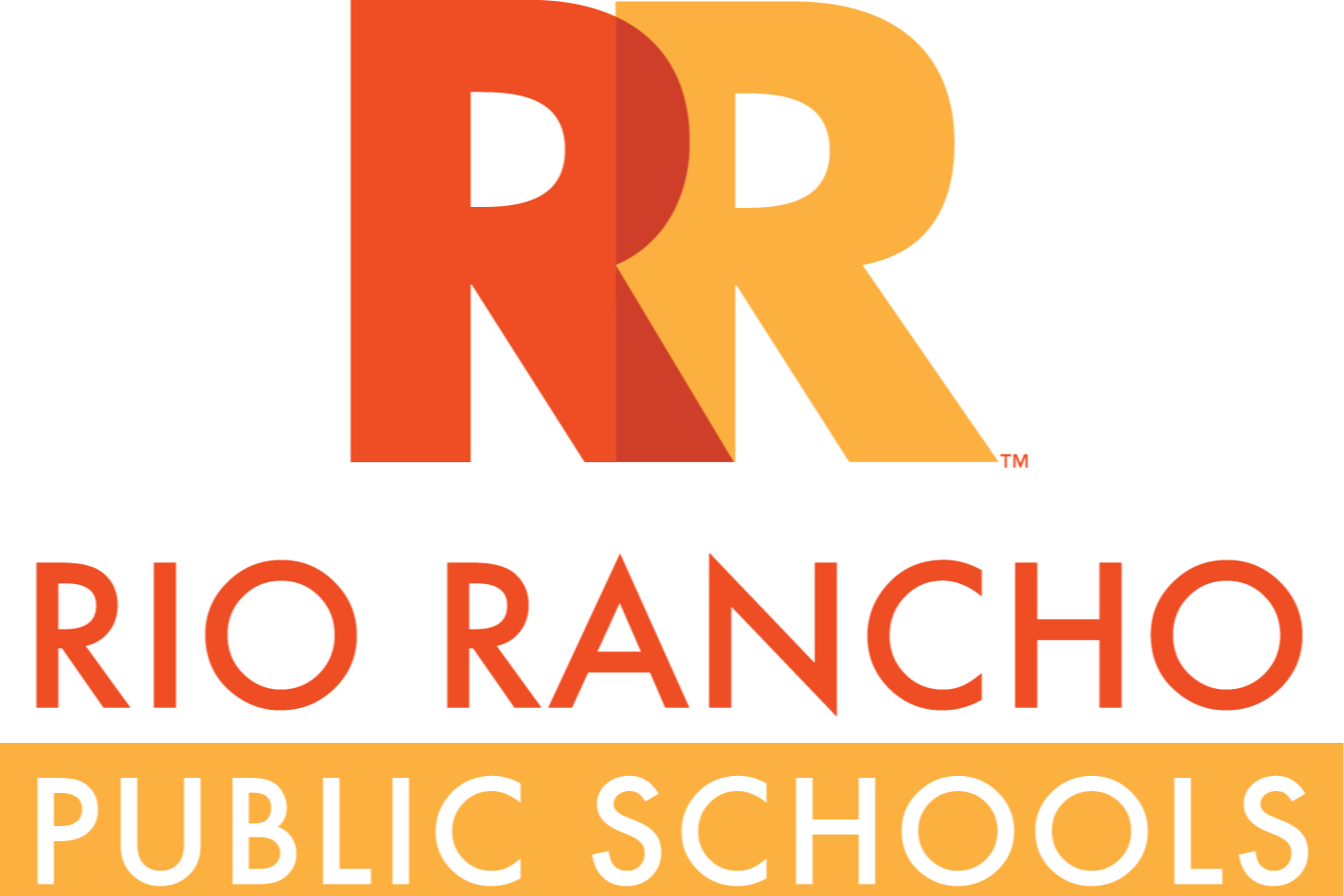
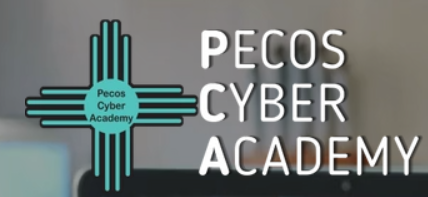


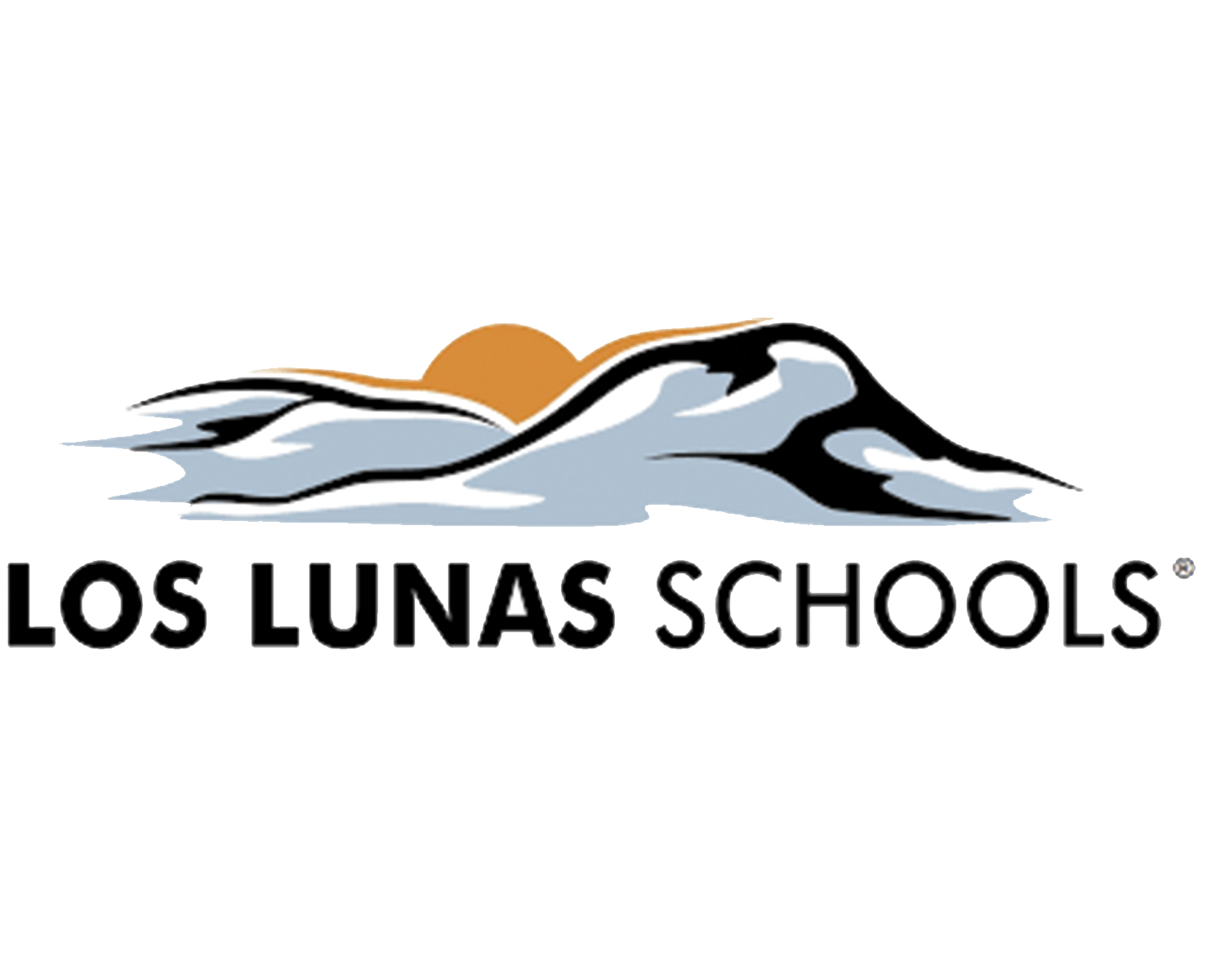

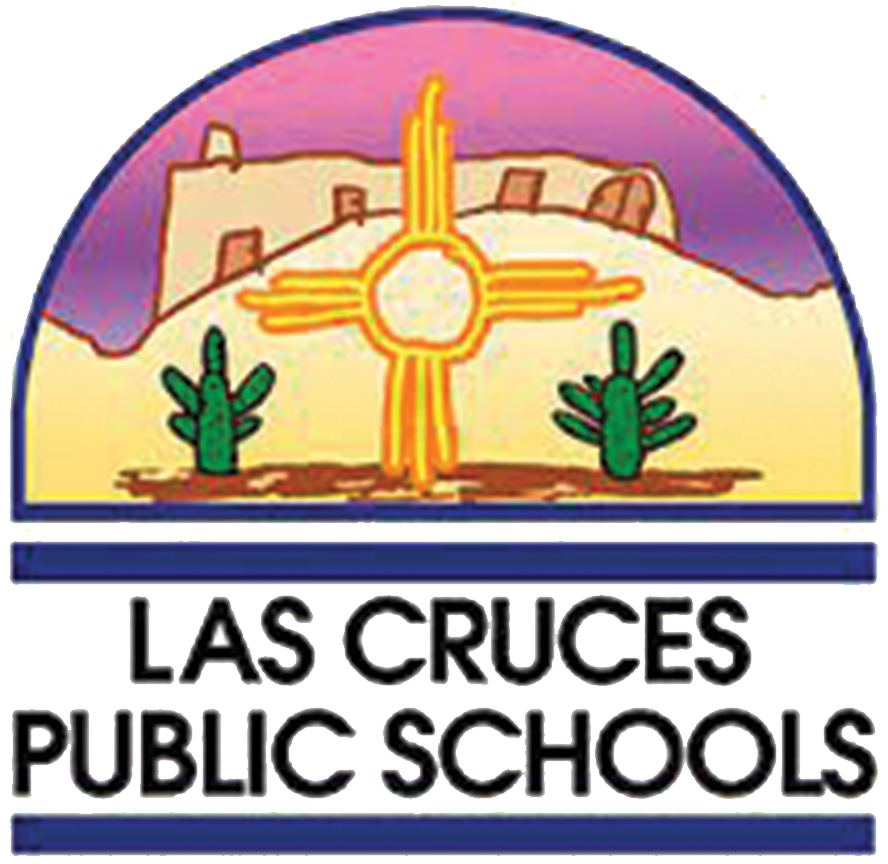


















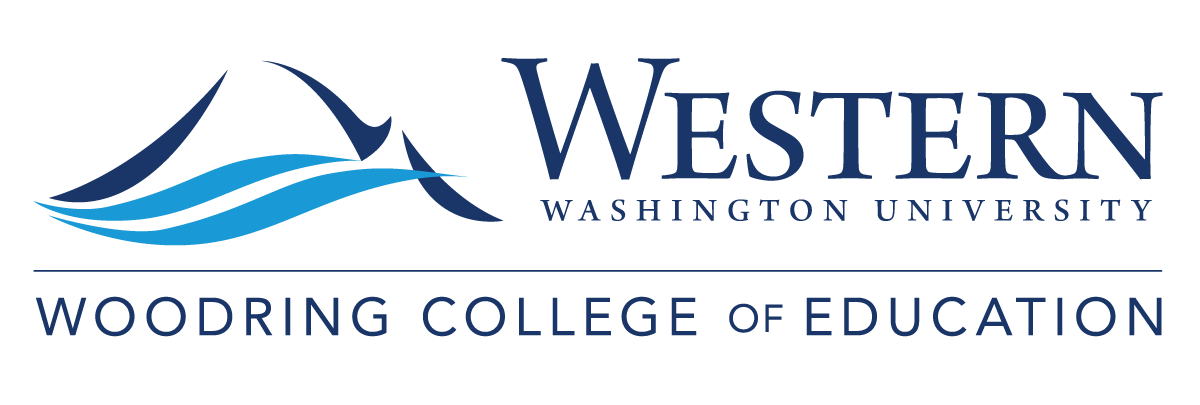
















.png)

























































Sign up for our monthly newsletter
Get the scoop on new Prepared To Teach resources, partnership spotlights, and latest news in the field of teacher preparation.






